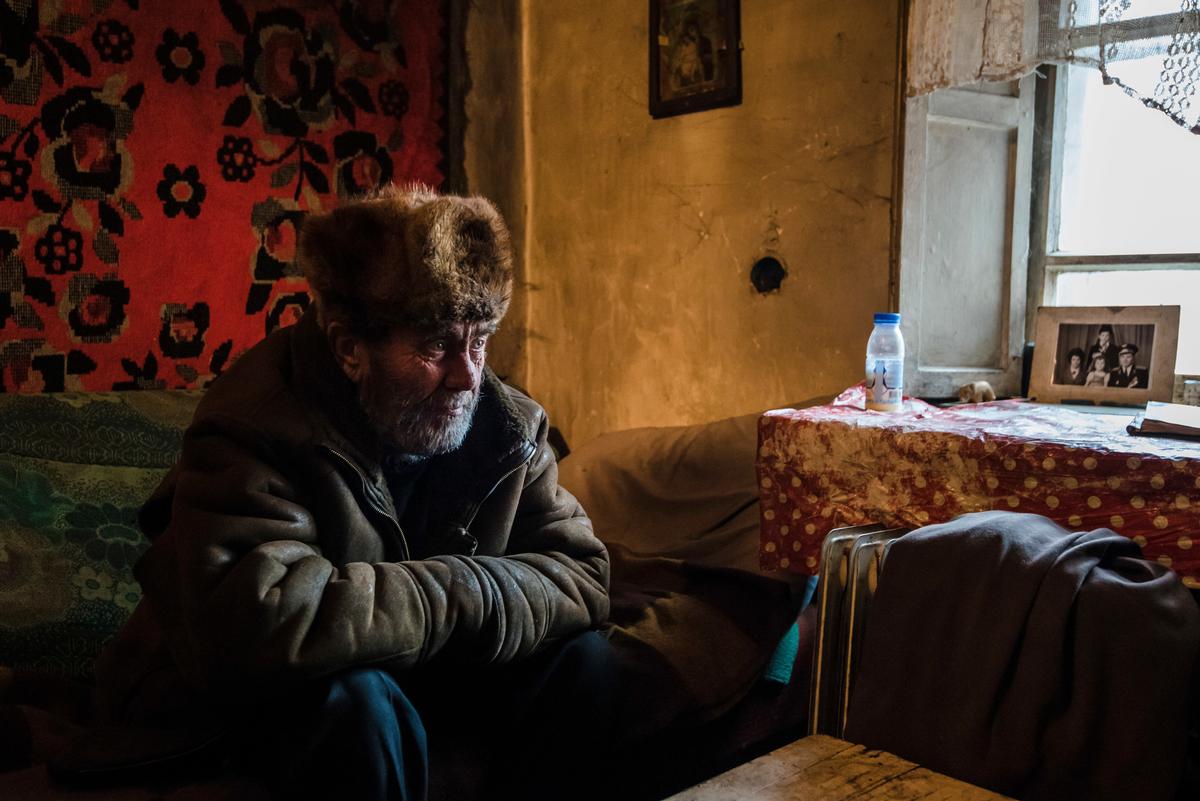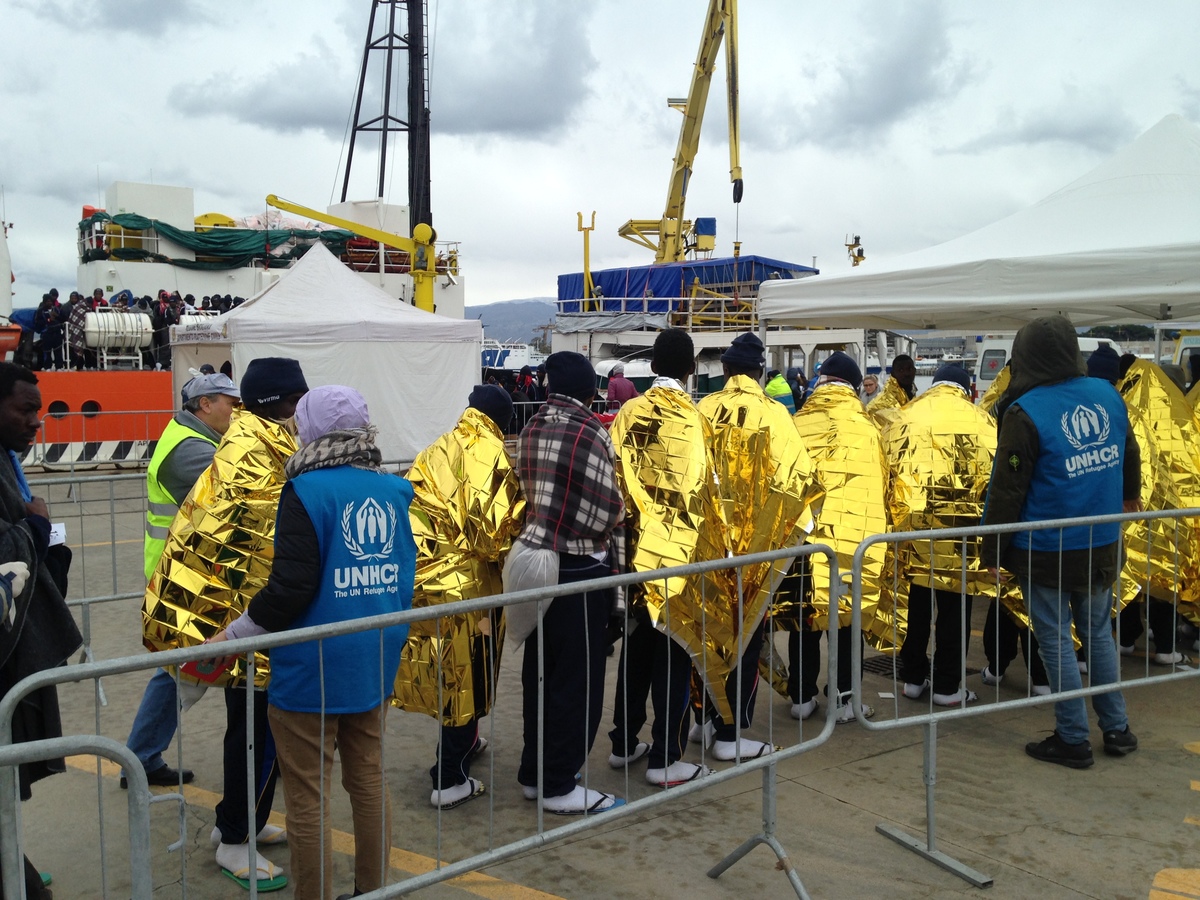UNHCR provisional statistics show asylum numbers stable in 2009
UNHCR provisional statistics show asylum numbers stable in 2009
The overall number of asylum seekers in industrialized nations was stable in 2009, according to the UNHCR provisional statistical report that measures asylum levels and trends in industrialized nations.
"The notion that there is a flood of asylum seekers into richer countries is a myth," said UN High Commissioner for Refugees Antonio Guterres. "Despite what some populists claim, our data shows that the numbers have remained stable."
Compared to 2008, the overall number of asylum seekers remained the same with 377,000 applications, despite significant regional disparities highlighted by the report. The number of asylum applications increased in 19 countries, while they fell in the other 25. Of note was the Nordic region that recorded a 13 percent increase with 51,100 new applicants, the highest in six years. By contrast, the number of applications in southern Europe went down by 33 percent with 50,100 claims, driven by significant declines in Italy (-42%), Turkey (-40%) and Greece (-20%).
Afghans topped the list of asylum applicants with 26,800 submissions representing a 45 per cent increase over 2008. Iraqis dropped to second place with some 24,000 claims, while Somalis moved to third position with 22,600 asylum applications. Among the top countries of origin were also the Russian Federation, China, Serbia, and Nigeria.
The yearly UNHCR report analyses asylum levels and trends in the 27 European Union member states, Albania, Bosnia and Herzegovina, Croatia, Iceland, Liechtenstein, Montenegro, Norway, Serbia, Switzerland, the former Yugoslav Republic of Macedonia, and Turkey. It also covers the United States, Canada, Australia, Japan, New Zealand and the Republic of Korea.
The United States stayed the main destination country for the fourth year, with 13 percent of the claims representing an estimated 49,000 people, in particular from China. Second was France, receiving 42,000 new applications in 2009, a 19 percent hike compared to 2008, due to increasing claims from citizens of Serbia originating predominantly from Kosovo. Canada, while still ranking third among receiving countries, saw the number of asylum applications decrease by 10 percent in 2009 down to 33,000 after a drop in Mexican and Haitian claims. Following was The United Kingdom which also registered a drop in claims with 29,800 applications, one of the lowest in 15 years. On the other hand, claims in Germany increased by 25 percent with 27,600 applications recorded in 2009, making it the fifth largest receiving country. Together, these five top destination countries received 48 percent of the total claims recorded in 2009.
In terms of regions of origin, nearly half of the total 377,000 applicants originate from Asia and the Middle East (45%), followed by Africa (29%), Europe (15.5%), and the Americas (9%).









